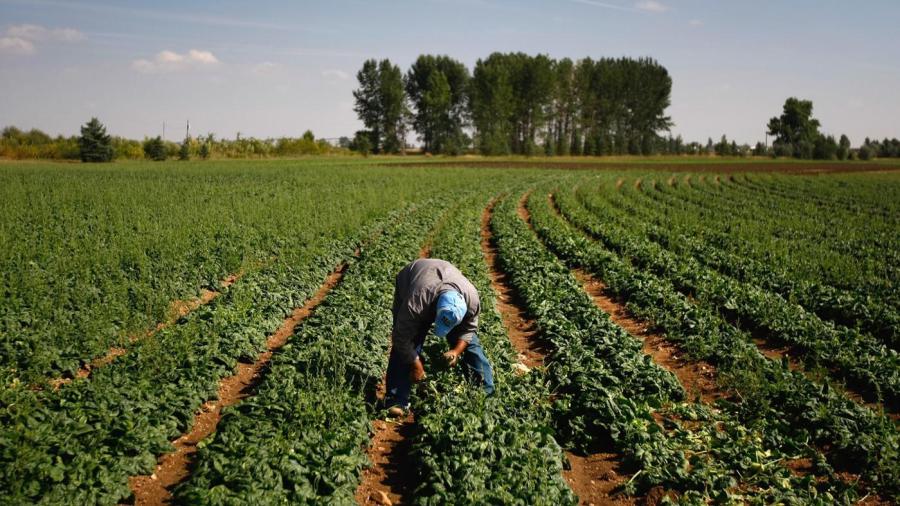What Was the Cause and Effect of Shays’ Rebellion?

Shays’ Rebellion was caused by the large amount of debt that farmers were experiencing in the 1780s and a lack of economic crisis laws in Massachusetts. Shays’ Rebellion was ineffective in its goal to help farmers, but it did lead to Massachusetts’ Governor James Bowdoin losing the following election.
Shays’ Rebellion took place during 1786 and 1787. Central and western Massachusetts were newly settled areas and had a large number of farmers living there. The farmers there had large debts and were having a difficult time paying off those debts. Other states with this same problem responded with debtor laws that helped to protect the farmers while Massachusetts did not.
This led to farmers being arrested when they could not pay their debts, making it even more difficult for the farmers to pay the debts. The farmers in western and central Massachusetts decided to band together in an American Revolutionary-type struggle. They led protests and tried to affect change. Daniel Shays was the former captain in the Continental Army and the person who organized the rebellion. Governor Bowdoin immediately sent troops to squash the rebellion.
Shays’ Rebellion highlighted the internal conflict in the post-Revolutionary War United States. Any actions that were popular and demanded law changes were often put down by the national leaders.





